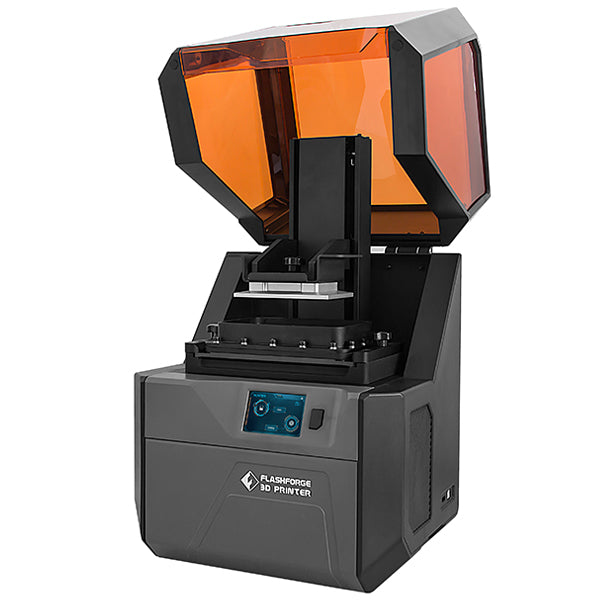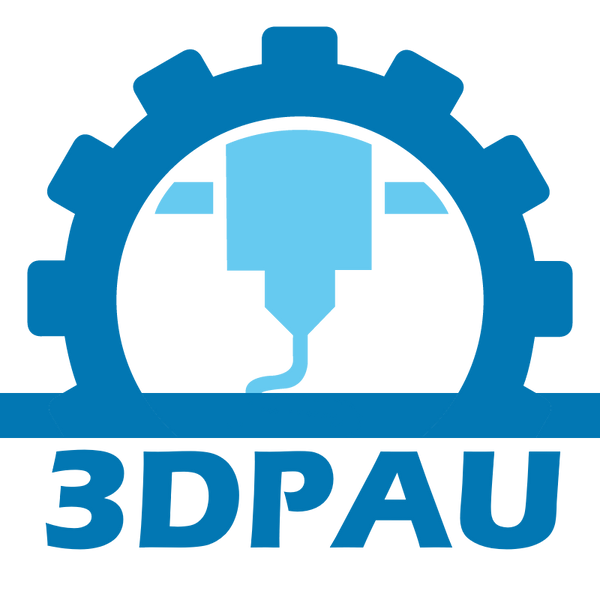Step into the exciting landscape of the future with the rapidly evolving world of 3D printing technology. A paradigm of innovation, 3D printing is revolutionizing industries, and its potential appears to be limitless.
Today, 3D printers offer far more than simple plastic models; they provide tools for groundbreaking medical treatments, create complex architectural models, and are even making their mark in the culinary world. As the technology becomes increasingly sophisticated, what does the future hold for 3D printing?
Material Diversity: The choice of printing materials continues to expand beyond basic plastics, ushering in a new era of manufacturing possibilities. From metal and ceramics to graphene and biodegradable materials, the spectrum of printable materials is evolving. This enables industries to experiment with varying properties, leading to the creation of custom products tailored to specific needs.
Precision and Detail: 3D printing technology is continuously improving in terms of precision and detailing. Higher resolution printers are being developed that can print at a micro-scale, opening up opportunities for industries like healthcare, where this can be leveraged for applications such as tissue engineering and drug delivery systems.
Faster Print Speeds: Time is money, and this is particularly true in manufacturing. As 3D printing technology advances, we are seeing a significant reduction in production time. Future 3D printers are expected to be even quicker, revolutionizing industries where rapid prototyping and production are vital.
Mass Customization: Personalization is a growing trend, and 3D printing is the perfect tool to make this a reality. The ability to produce custom parts on demand without additional tooling or setup costs is set to transform industries from fashion to healthcare.
Sustainability: The 3D printing process generates less waste than traditional manufacturing methods, offering a more sustainable production method. The ability to use recycled materials and bio-based filaments in 3D printing can further improve sustainability.
Construction and Infrastructure: 3D printed buildings are no longer science fiction. Rapid advancements in large-scale 3D printers could significantly reduce construction costs and time, while also providing innovative architectural solutions.
Education and Research: 3D printers are making their way into schools, providing students with a hands-on, creative learning tool. In research, these machines are invaluable for visualizing complex concepts and prototypes.
In conclusion, the future of 3D printing promises innovation, efficiency, and a shift in how we approach production. From rapid prototyping to custom manufacturing, the industry is set to transform as 3D printing technology continues to evolve. So, buckle up, because the future of 3D printing is full of exciting possibilities that are sure to get you talking!


